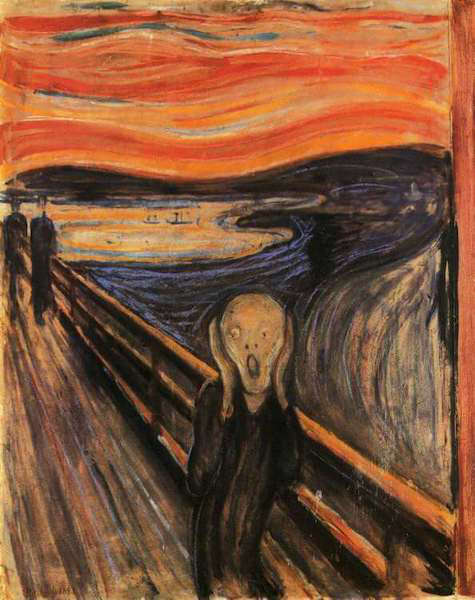Art thefts have captivated the world for centuries. In this article, we’ll take a closer look at some of the most famous art thefts in history, exploring the motivations behind the crimes and the subsequent efforts to recover these priceless masterpieces. Join us as we unravel the mystery and intrigue surrounding these daring heists.
The Mona Lisa Heist (1911)

Undoubtedly, one of the most iconic art thefts in history occurred in 1911 when Leonardo da Vinci’s Mona Lisa vanished from the Louvre Museum in Paris. The thief, Vincenzo Peruggia, was an Italian handyman who managed to hide the masterpiece under his coat and walk out of the museum unnoticed. His motivation? To return the painting to its rightful homeland, Italy. Two years later, Peruggia was apprehended, and the Mona Lisa was restored to the Louvre, where it remains today.
The Isabella Stewart Gardner Museum Art Heist (1990)
In 1990, Boston’s Isabella Stewart Gardner Museum fell victim to the largest art heist in US history. Disguised as police officers, the thieves gained entry to the museum and stole 13 priceless works, including pieces by Rembrandt, Vermeer, and Manet. The total value of the stolen art is estimated at over $500 million. Despite a $10 million reward and extensive investigations, the case remains unsolved, and the artwork is still missing.
The Scream Heist (1994 and 2004)

Edvard Munch’s iconic painting, The Scream, has been the target of not one, but two notorious art heists. In 1994, during the Winter Olympics in Lillehammer, Norway, thieves broke into the National Gallery in Oslo and stole the painting. Thankfully, it was recovered several months later. However, in 2004, another version of The Scream was stolen from the Munch Museum, also in Oslo. This time, the thieves used a gun to threaten museum employees before making off with the artwork. Two years later, the painting was recovered and returned to the museum.
The Kunsthal Art Theft (2012)
In a daring robbery, thieves targeted the Kunsthal Museum in Rotterdam, the Netherlands, in 2012. They made away with seven masterpieces, including works by Picasso, Monet, and Matisse. The heist took only a few minutes, and the thieves managed to bypass the museum’s security system. Unfortunately, most of the stolen art is believed to have been destroyed by the mother of one of the thieves in an attempt to conceal evidence. Only one piece, Picasso’s “Tête d’Arlequin,” has been recovered so far.
The Stockholm National Museum Art Theft (2000)
In a well-planned and executed heist, armed robbers stole several valuable paintings from the Stockholm Nationalmuseum in Sweden in 2000. The thieves used a speedboat as their getaway vehicle, making it difficult for the police to pursue them. Among the stolen works were pieces by Rembrandt and Renoir. While most of the artwork was eventually recovered, one of the Renoir paintings remains missing.
Conclusion
These famous art thefts serve as a testament to the enduring allure and value of great works of art. While many of the stolen masterpieces have been recovered, some remain lost, fueling fascination and speculation among art enthusiasts and crime buffs alike. The stories behind these daring heists remind us of the lengths some individuals will go to possess these priceless treasures. As security measures continue to evolve, it remains to be seen whether future attempts at art theft will be as successful as those that have made history. Until then, the tales of these stolen masterpieces will continue to captivate our imaginations and underscore the immense value and impact of art in our world.
Check out for more interesting articles about art in Luxpeer.
